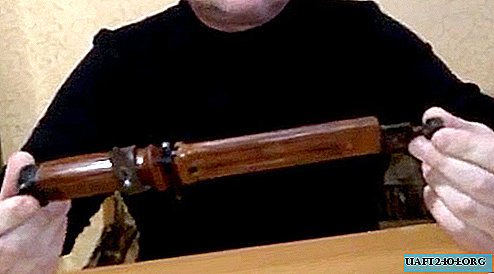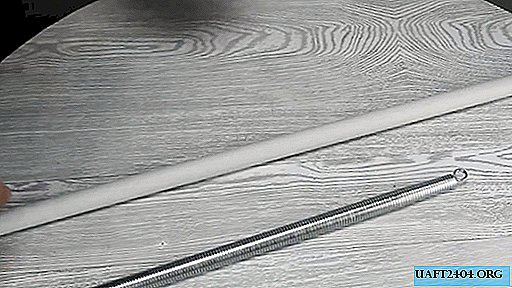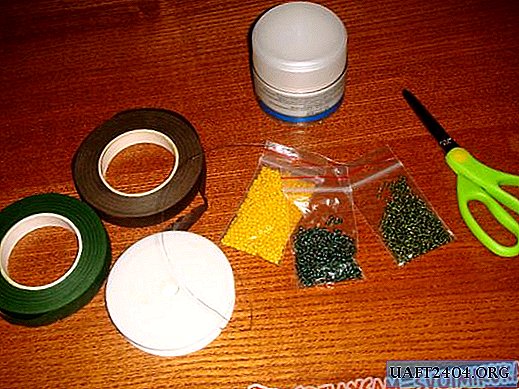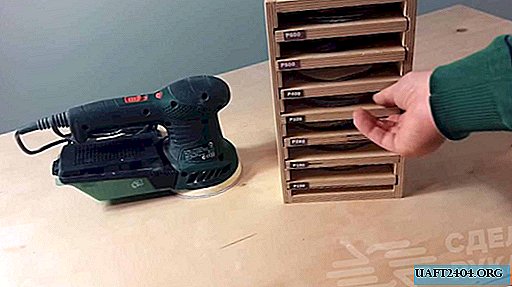Share
Pin
Tweet
Send
Share
Send
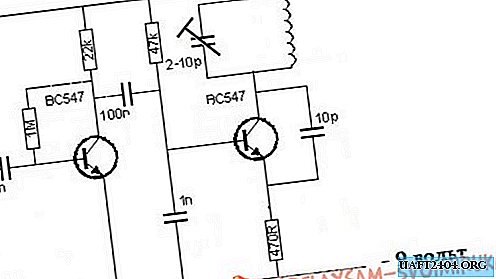
Despite the simplicity of the design, the beetle is quite stable in operation. The range is about 70 meters, but this is using a CT 368 transistor or an imported analog of BC-547. It is desirable to replace the transistor with a CT 325 V, then the range will increase to 130 meters with direct visibility. I used smd components to reduce the size of the structure. The task was to make 10 such radio bugs to order, they all earned from the first inclusion.



The variable capacitor makes it possible to tune the transmitter to any range in the fm limit. The microphone can be used from the headset of a mobile phone, with the goal of increasing the sensitivity of the microphone, it is advisable to add a simple microphone amplifier on a single transistor. The beetle is usually caught at a frequency of 96 to 98 megahertz, I replaced the variable capacitor after tuning to maintain the compactness of the radio transmitter. The beetle has a wide range of supply voltages. It starts working from 3 volts, you can use a lithium tablet with a voltage of 3 volts, a battery from a mobile phone with a voltage of 3.7 volts or a crown of 9 volts. The consumption of a radio transmitter with a microphone amplifier was 6 mA.


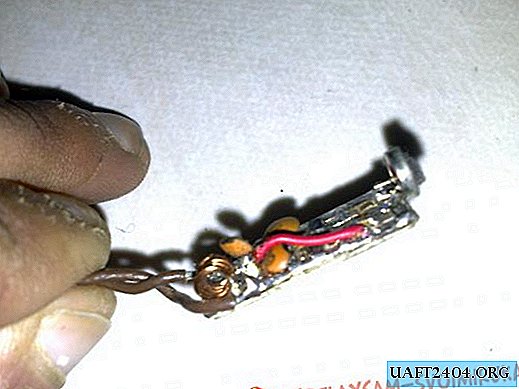

A piece of stranded, insulated wire with a length of 15 cm serves as an antenna, I excluded the antenna again for compactness, so the signal reception distance was reduced to 40 meters. In a microphone amplifier, you can use the widespread CT 315 transistor with any letter. The coil contains 6 turns of wire with a diameter of 0.5 mm, wound on a rim from a helium pen.

Share
Pin
Tweet
Send
Share
Send

